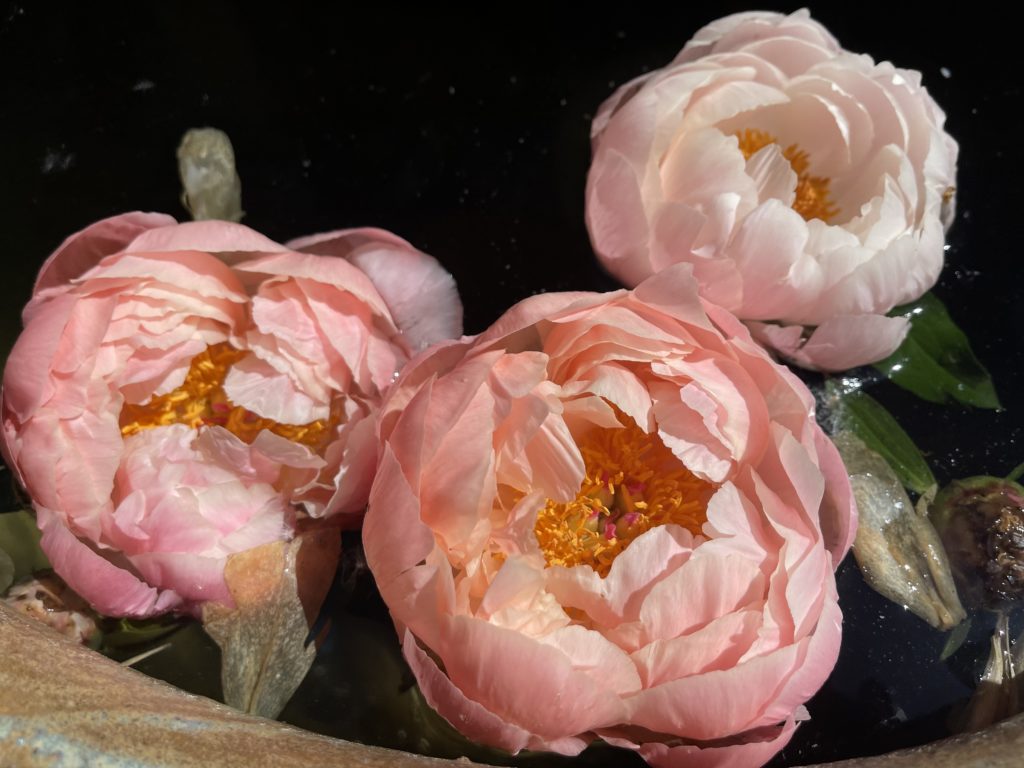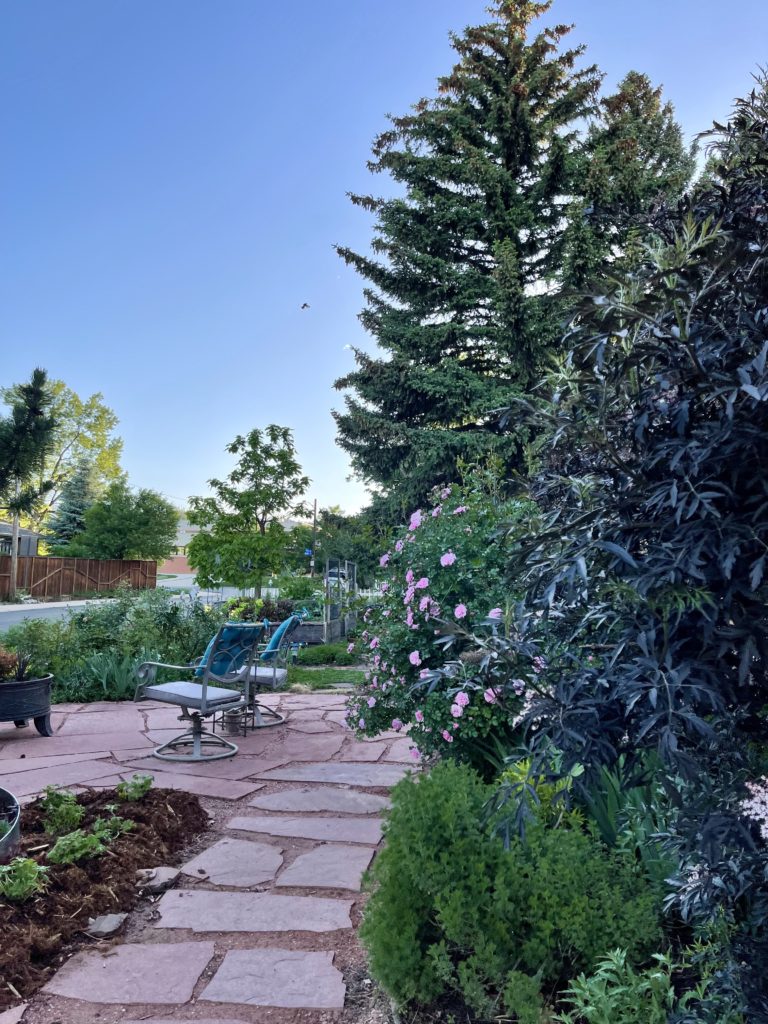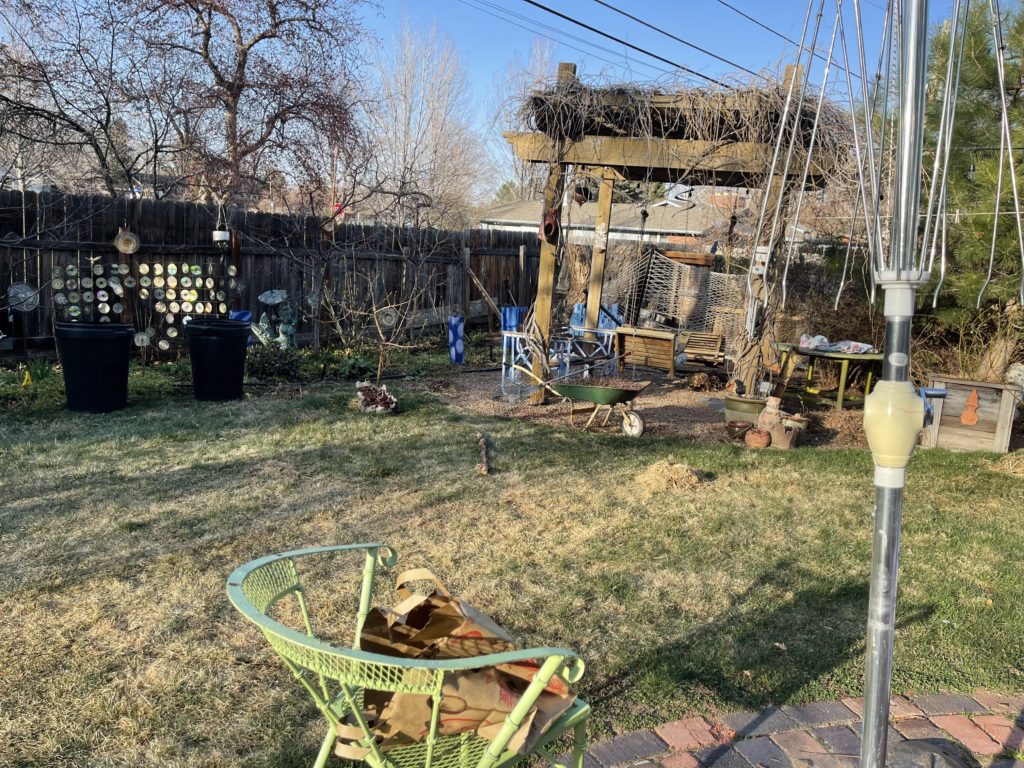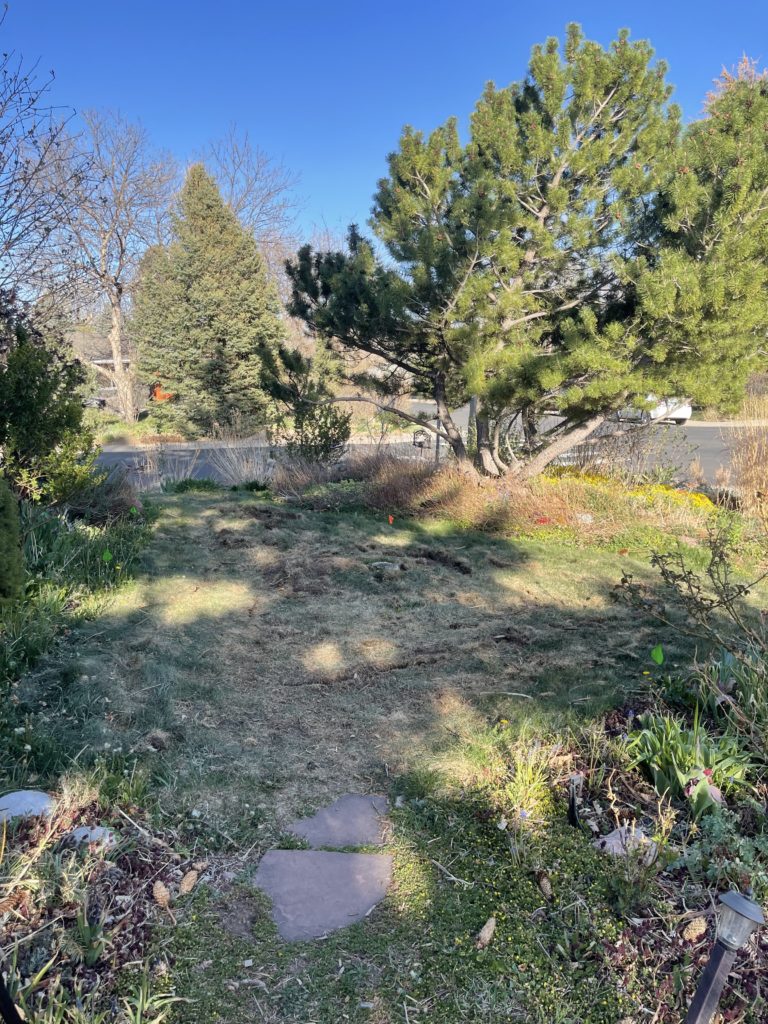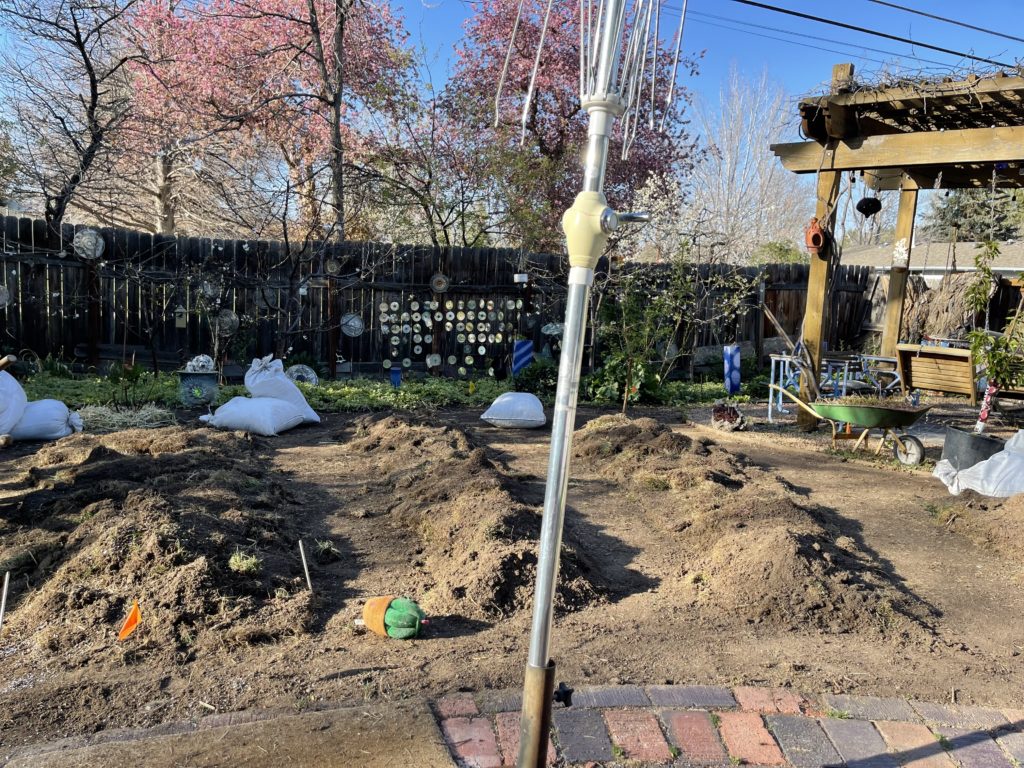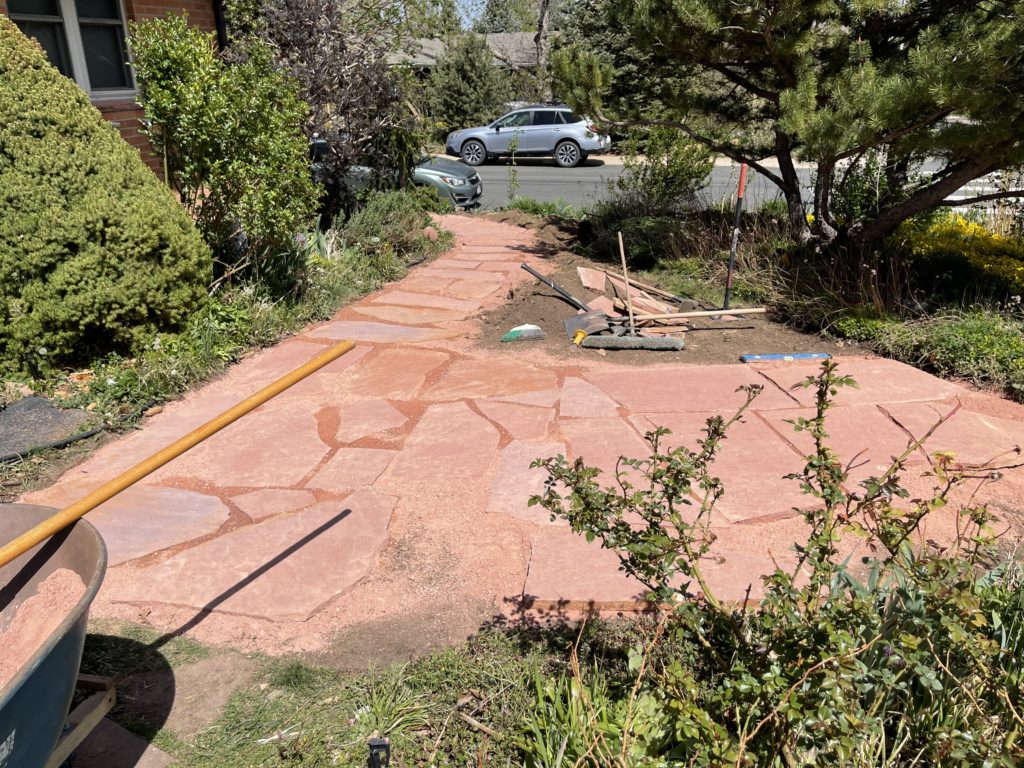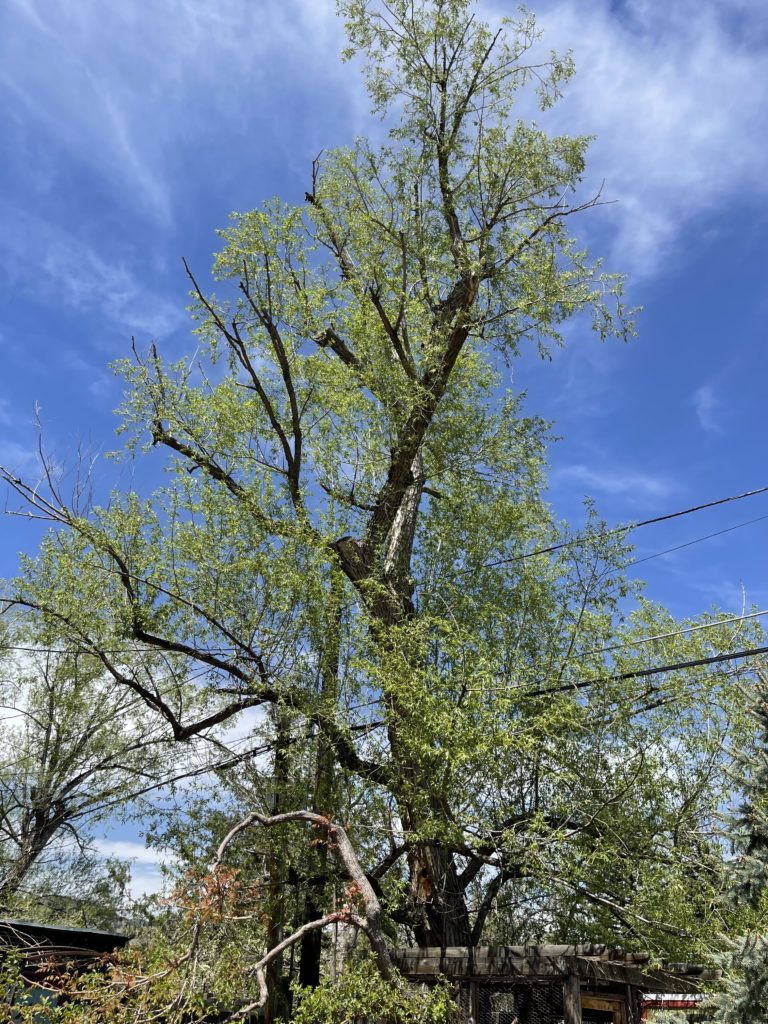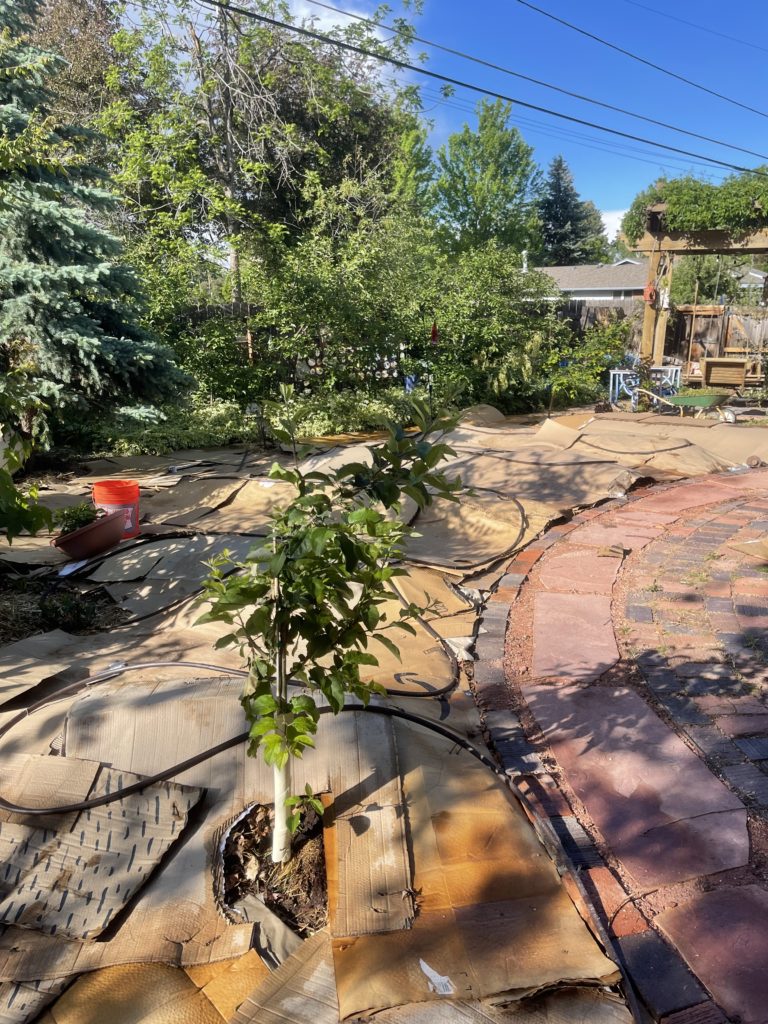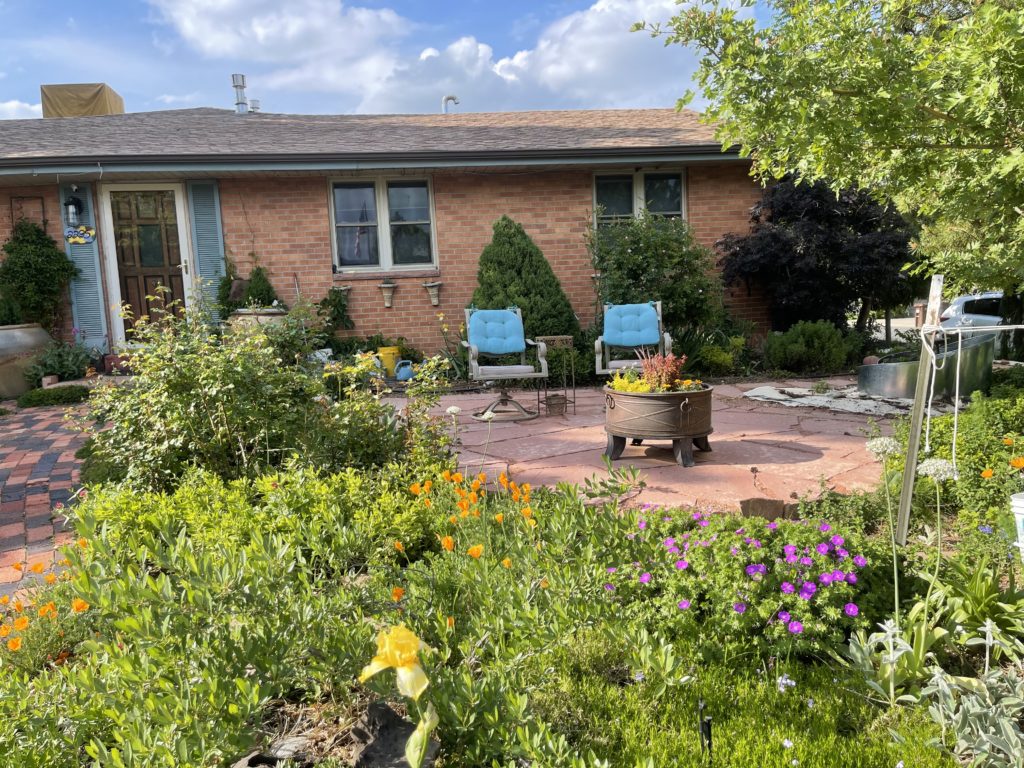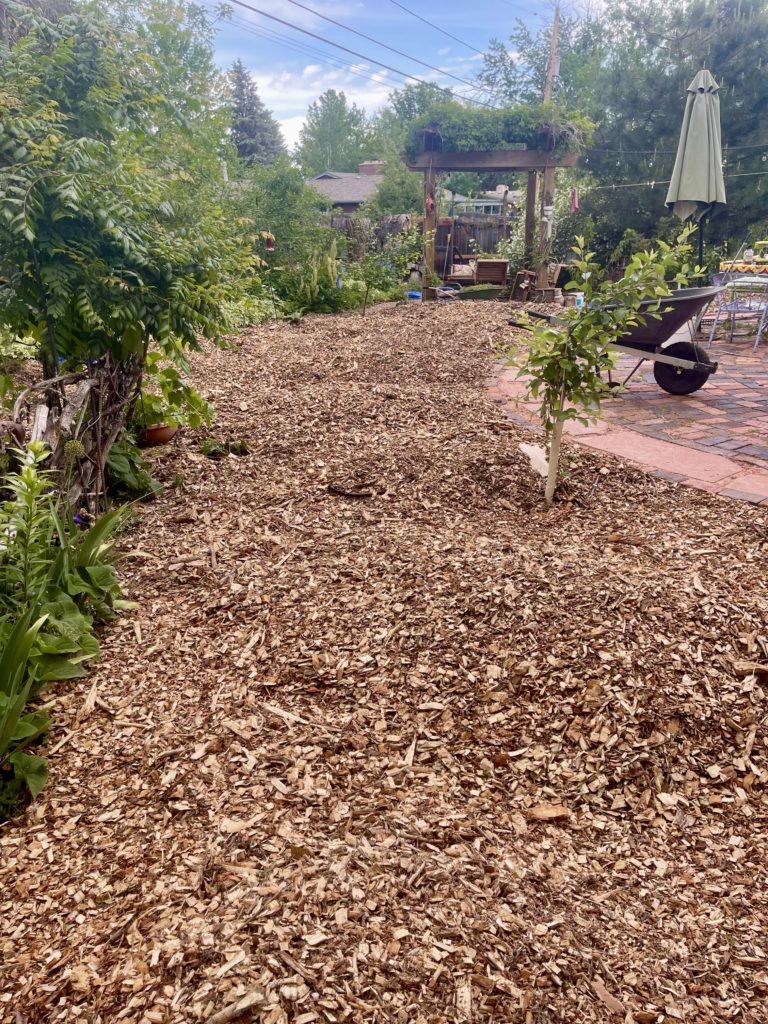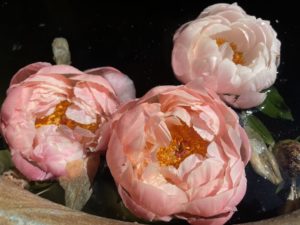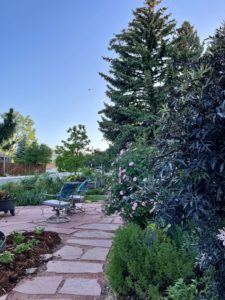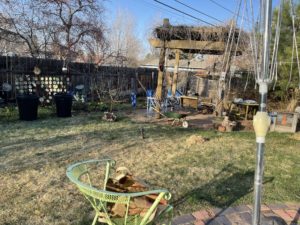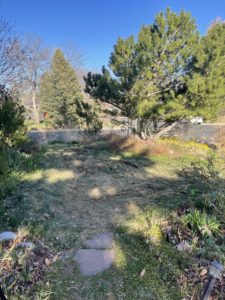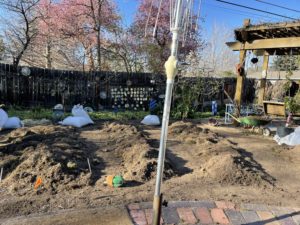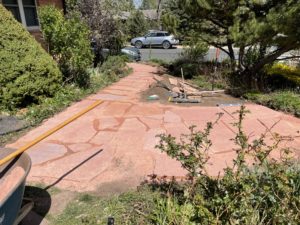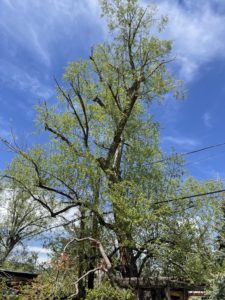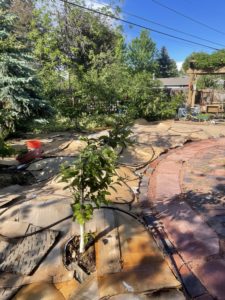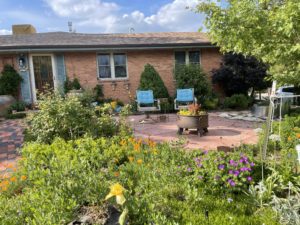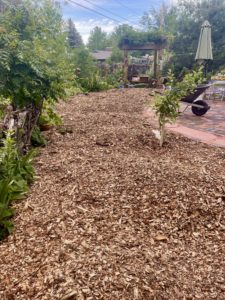Owner
Shelley
City
Boulder
Skill Set
Intermediate
Project Size
1,000+ sq ft
Project Location
Backyard
Sun Exposure
Full sun
Year Completed
2022
Time Commitment
More than 40 hours of labor
Project Cost
less than $500
Other Project Elements
Drip irrigation system, Pathways, Veggie gardens, Patio/sitting areas, Native or drought-tolerant plants
Resource Central Programs
None
Professional Help
Yes
Advice from the Owner
In the last 2 1/2 months I’ve able to remove the remaining grass areas in my front, side and back yard. Using the sod, I then created raised garden rows in the back yard and leveled the sloping side yard for a new walkway. ( At this point the raised mounds of sod in the back looked a bit like a body farm!) In the front yard, I created a flagstone patio, connecting it to the backyard with a flagstone walkway. The patio and walkway were finished within 1 1/2 weeks of beginning the project. After amending the soil in the newly created garden rows with compost, worm castings and Biochar, I covered all the garden areas with recycled cardboard. At the end of May a large at-risk willow tree was removed from the back yard. This not only flooded the yard with light, it also provided mulch for the entire garden. The lawn sprinklers were converted to drip irrigation for the garden beds and eliminated in the front yard patio area. Once mulched, I planted the backyard garden rows with a variety of winter and summer squashes from seed, strawberries, tomatoes, peppers, artichokes, potatoes, herbs and flowers. Aware that some of the soil’s nitrogen might initially be tied up as the soil bacteria worked on the freshly cut wood chips, I’ve been conscious of regularly fertilizing the yard with green fertilizer I make from nettles and comfrey in addition to liquid seaweed. I believe the layer of cardboard separating the wood chips from the soil along with the addition of compost and worm castings have served to protect the soil. However, I haven’t had luck with bush beans or some of the flowers I’ve tried seeding. I’m confident they’ll do much better next year. It’s now 2 1/2 months since I began the project at the end of April and I’m already harvesting strawberries, zucchini, patty pan squash, peppers, basil, parsley, rosemary, shiso, thyme, lemon verbena, oregano and more from the new garden. In addition, there’s a beautiful new patio area in the front yard connecting to the backyard via a level flagstone walk. Much of the cost of the project has been covered by what I would have spent on lawn maintenance for the year. By reusing the sod, I’ve been able to save my yard’s topsoil and put it to use growing more veggies. Piling the sod upside down in rows also meant I wasn’t forced to use chemicals or plastic to kill the grass first. I also didn’t use any landscaping fabric under the patio or walkway, just breeze and flagstone. Some tenacious weeds do find their way through, but a once a week spray with horticultural vinegar keeps them under control and by next year, I don’t expect they’ll be a problem. The sod removal and piling along with the construction of the walkway and patio were done with the help of a great all-round local handyman, who also helped me add the mulch to the gardens. Everything else I’ve done myself. Snow and waiting for the tree to be removed slowed things down by a few weeks. From beginning to eating, this entire project realistically be completed in under 2 months. I’m already planning what I’ll plant next year!
Back to Inspiration HubDesign Ideas
Struggling with coming up with yard design concepts? Check out what other Waterwise participants have done.
Join your neighbors and have your very own Waterwise Yard!
Have Questions?
Scan our FAQs page or reach out to us directly and we’ll be sure to help you out ASAP.

